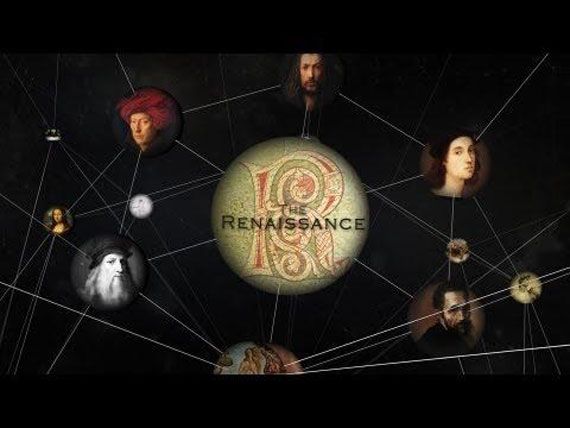Whenever Google launches a new product or a major upgrade to its search results page, the first news of that change often comes in the form of a post to the company’s official blog.
Meanwhile, when the company gets it right, most users don’t even notice that the change was made.
That seemed to be the case back in May, when the company announced the release of its Knowledge Graph, an enhancement to its basic search results.
Since then, a certain portion of queries return results that include a multimedia page of photos, maps, quick facts, and up to five related search results that other found of interest when making the same search as you did.
An example is a query I just did for Golden Gate Park. The search resultsinclude a Knowledge Graph composed of a map and an aerial photo, some quick facts (the park's size, founding date, address, and phone number) plus photos of three attractions in the park (the two museums and the Japanese Tea Garden), as well as of two other tourist destinations, the Golden Gate Bridge and Alcatraz.
Recently I met with Knowledge Graph Product Manager Emily Moxley at Google’s Mountain View campus to discuss both this project specifically, and what it is like to be one of the comparably few senior women executives in Silicon Valley.
Soon after getting her doctorate in computer engineering from UC Santa Barbara in 2009, Moxley told me she was hired by Google as a product manager on its basic search UI.
Then, a year ago, when the search giant bought a company called Metaweb and its collaborative knowledge base called Freebase, made up of metadata collected from multiple sources, Moxley took on the responsibility to help integrate Freebase into Google’s search UI.
“At Metaweb, they were collecting factual information about real world things, like baseball teams and tourist destinations and celebrities. Once they came to Google, it was an amazing match, because we have all this data, including Maps, Business Photos, Google Books – gigantic data sets that let us identify real world things.”
Fast forward to the present, and from the 12 million entities Metaweb brought with it to Google, the Knowledge Graph has ballooned to include 500 million items and 3.5 billion facts. As for the related search results that are algorithmically displayed, Google recognizes patterns in search data no competitor can see due to its massive scale.
Things like what people are most curious to know about Tom Cruise.
“When we look at query stream for Tom Cruise, we know one thing people care about is his height,” Moxley explains. So Google always includes that information in its results.
As she sifts through reams of data like this, helping to improve Google's search results, Moxley says she is has been amazed by one steady statistical trend:
“It astonishes me that 20 percent of all the searches we receive every day are queries we have never seen before. Think about that!”
Human curiosity clearly knows no boundaries, which is one reason Google’s data sets just keeping growing bigger and bigger.
Moxley talked about what it has been like being a woman in a male-dominated field, starting back when she was still in school.
“When it comes to women in tech, there are not too many of us, so we tend to stick together,” she told me. “When I majored in electrical engineering at Princeton, I was one of only five girls among 40 students in that major.
“It got even worse in grad school. When I got my PhD, I was one of only two women among some 20-25 grad students at the lab.”
But when it comes to hiring women, Google has long been a leader in the Valley, led by senior executive Marissa Mayer, who of course has just left Google to become the new CEO of Yahoo.
So Moxley got the opportunity she was trained for, and today holds an executive position in one of the leading tech companies on the planet.
Note: As of yesterday, Google confirmed it is testing an expanded related search function in the Knowledge Graph that shows more than the five related results available to date.
Related Articles
